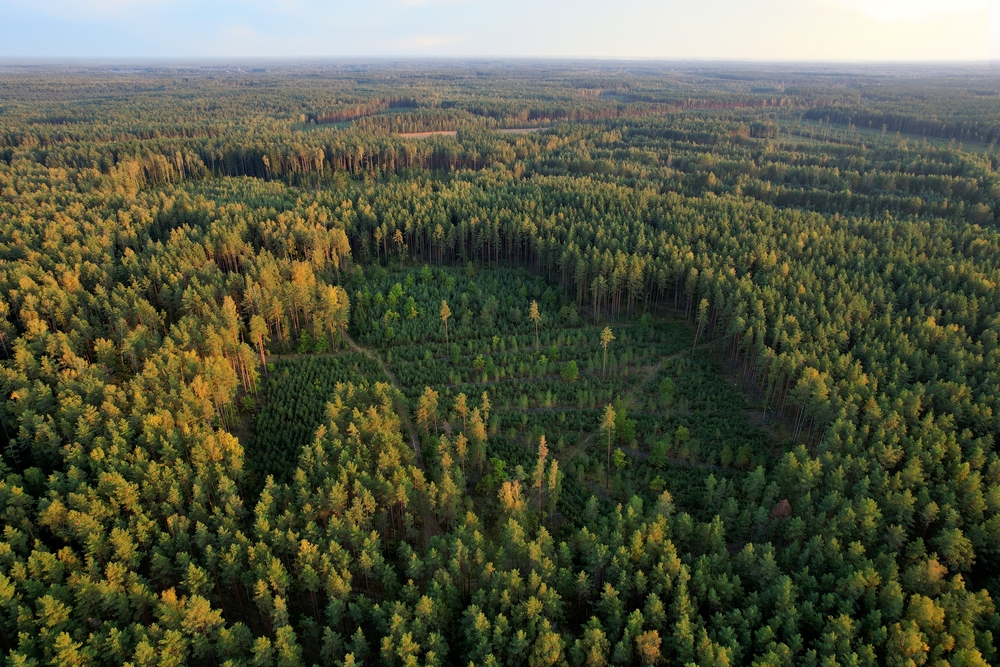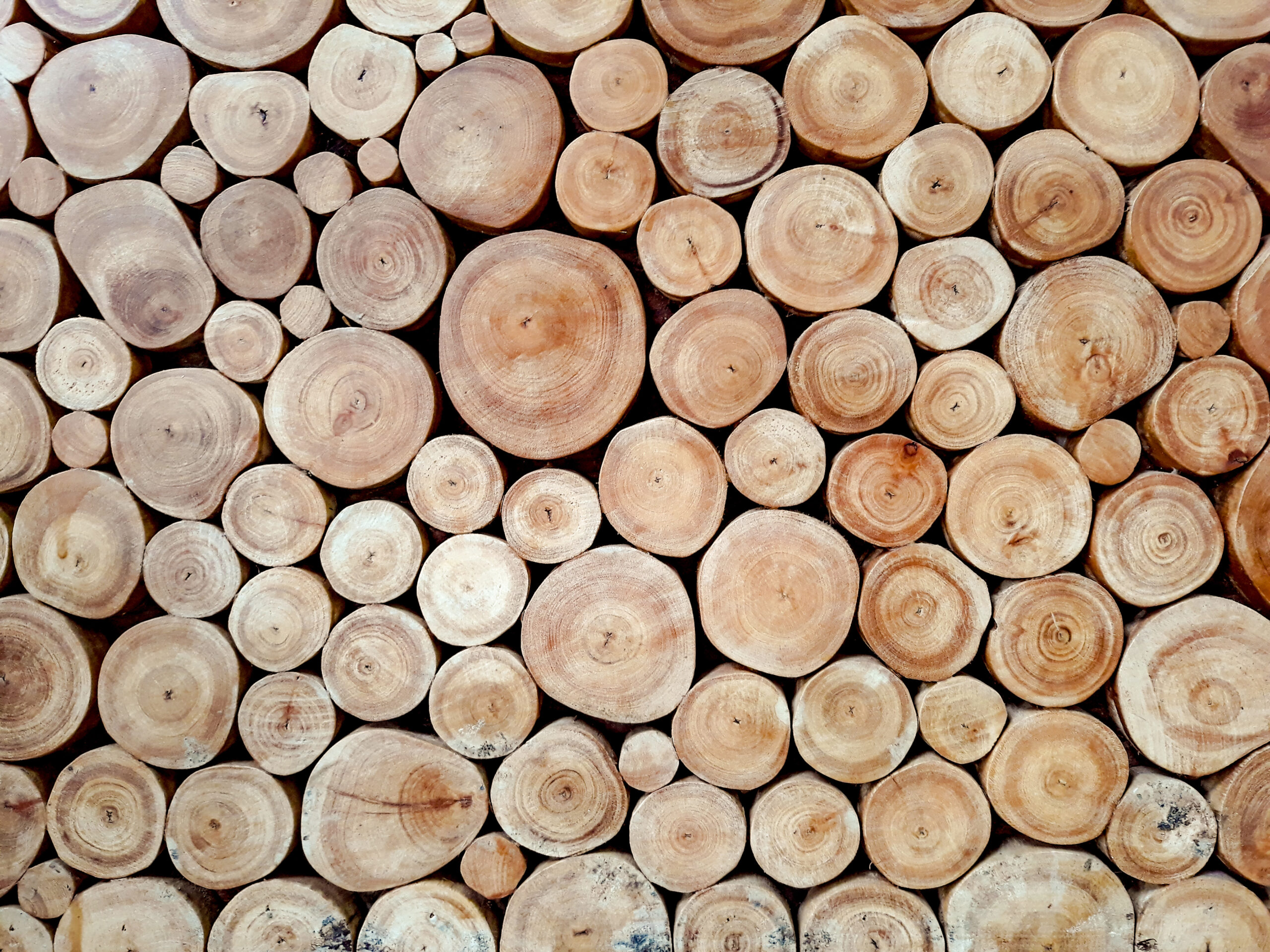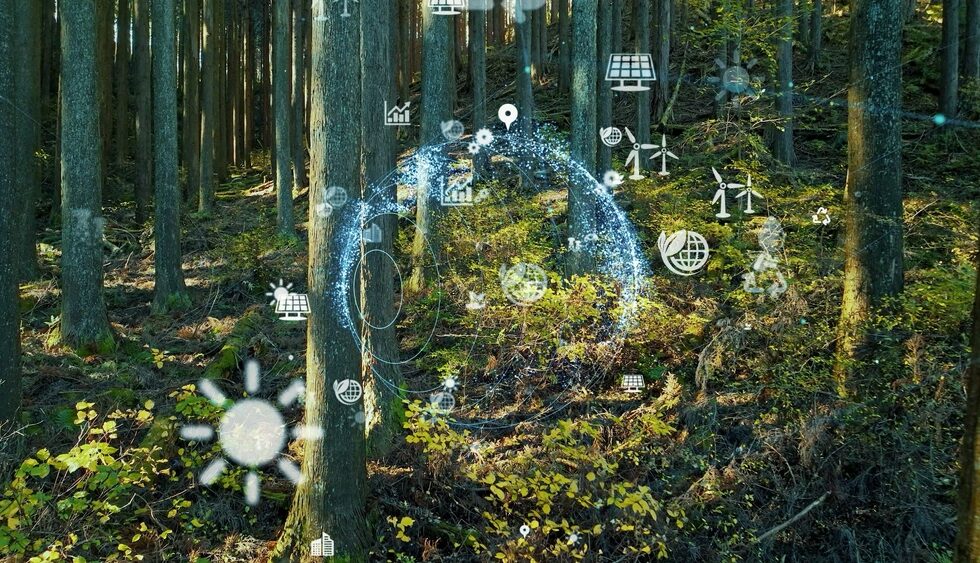Dive into the future of forestry, where the intersection of technology and nature is forging new paths for sustainability and efficiency. Are you curious about how the digital revolution, including artificial intelligence (AI), the Internet of Things (IoT), and drones, is reshaping the way we manage, conserve, and restore our forests? This exploration is not just about technological innovation; it’s about a sustainable future. From smart greenhouse systems nurturing the next generation of trees to AI-driven strategies combating illegal deforestation and climate change, we’re standing at the threshold of a new era in forestry. Join us as we uncover how these technologies are not only enhancing our ability to protect these vital ecosystems but also ensuring they thrive for generations to come. Let’s embark on this journey together, exploring how the fusion of AI and forestry is becoming a cornerstone of environmental stewardship and climate action.
Internet of Things (IoT) in Forestry: Exploring how IoT technology revolutionizes data collection and monitoring in forest environments.
The Internet of Things (IoT) is transforming forestry, making it smarter, more efficient, and significantly more sustainable. By embedding sensors throughout forests, IoT technology facilitates real-time data collection on various environmental parameters, such as temperature, humidity, soil moisture, and more. This wealth of data enables forest managers to monitor forest health, track wildlife, and predict fire risks with unprecedented accuracy.
Drones equipped with IoT devices can survey vast areas quickly, providing detailed imagery and data that assist in mapping forest terrain, assessing tree health, and even in the identification of illegal logging activities. These aerial insights complement ground-based sensor data, offering a comprehensive view of forest ecosystems.
IoT technology also aids in precision forestry, where data-driven decisions optimize resource allocation, tree planting, and harvesting schedules, minimizing waste and maximizing yield. By closely monitoring the growth conditions and health of trees, foresters can implement timely interventions to address stressors, pests, or diseases.
Moreover, IoT-enabled devices support sustainable forest management by facilitating the tracking of wood products from origin to consumer, ensuring the legality and sustainability of forestry products. This traceability is crucial for promoting responsible consumption and combating illegal logging.
As IoT technology evolves, its integration with other emerging technologies like artificial intelligence (AI) and machine learning (ML) promises to enhance predictive analytics in forestry. This could lead to more effective strategies for combating forest fires, managing pests, and preserving biodiversity.
In conclusion, IoT in forestry represents a significant leap forward in how we understand, manage, and protect our forest resources. By harnessing the power of real-time data, we can ensure the sustainable management of forests, ultimately contributing to the health of our planet and the well-being of future generations.

Drones and UAVs for Forest Management: Discussing the applications of drones in forestry, from monitoring to sustainable logging.
Drones and Unmanned Aerial Vehicles (UAVs) are revolutionizing forest management by providing detailed aerial imagery and data that were previously inaccessible or costly to obtain. These technologies allow for efficient monitoring of vast forest areas, enabling the detection of changes in forest health, growth patterns, and the identification of illegal logging activities, particularly in regions like Africa and South America. Through high-resolution cameras and sensors, drones can capture the minutiae of forest conditions, including tree species identification, counting, and health assessment, facilitating biodiversity conservation efforts in these critical ecosystems.
Moreover, drones support sustainable logging practices by mapping out precise areas for selective logging, minimizing the impact on the ecosystem and reducing unnecessary tree cutting. UAVs equipped with LiDAR technology can penetrate forest canopies to create accurate 3D models of the forest structure, aiding in the assessment of biomass and carbon stock, crucial for climate change mitigation strategies.
Drones also play a vital role in disaster management within forestry sectors. They are instrumental in early detection of forest fires, pest infestations, and storm damage, allowing for quick response and mitigation measures to be implemented, thereby saving resources and ecosystems.
The integration of drones into reforestation projects enhances the efficiency and effectiveness of planting efforts. UAVs can disperse seeds over difficult terrains, ensuring that inaccessible areas are also targeted for reforestation, contributing significantly to global efforts to combat deforestation and climate change.
In summary, drones and UAVs offer a suite of applications that not only improve the management and sustainability of forest resources but also contribute to the preservation of biodiversity and the fight against climate change. Their ability to gather detailed data quickly and accurately is invaluable for making informed decisions in forestry management and conservation efforts.
Smart Greenhouse Systems in Forestry: Enhancing Growth and Productivity in Controlled Environments
Smart greenhouse technologies, traditionally utilized in agriculture, are increasingly relevant in forestry, particularly for seedling cultivation and early growth stages of trees. These advanced systems automate the control of environmental factors—lighting, temperature, humidity, and water supply—tailoring conditions to the specific needs of tree species. This precision promotes healthier, more robust seedlings, ready for successful transplantation into forests.
In forestry, the sustainability benefits of smart greenhouses are profound. By optimizing resource use, these systems reduce water and energy consumption, and their ability to precisely manage irrigation and nutrition minimizes environmental impact. Integrating sensors and IoT technology, smart greenhouses in forestry settings can also predict growth patterns, detect diseases early, and reduce reliance on chemical treatments.
The utilization of smart greenhouse systems, while offering the advantage of year-round cultivation for reforestation projects and genetic conservation efforts, presents a regionally sensitive issue. In certain climates and regions, particularly those with extreme weather conditions or limited access to advanced technology, the implementation of smart greenhouses may not be feasible. These systems require significant investment in technology and infrastructure, which may be beyond the reach of some regions, highlighting the need for adaptable and localized solutions in global reforestation and conservation efforts.

Big Data and Analytics in Forestry: Analyzing the role of big data in improving decision-making processes, optimizing yield, and reducing waste.
In the realm of forestry, big data and analytics are revolutionizing how forests are managed and conserved. The collection and analysis of vast datasets from satellite imagery, drone surveys, and ground-based sensors provide comprehensive insights into forest health, growth patterns, and environmental threats. This data-driven approach enables forest managers to make informed decisions about resource allocation, disease control, and sustainable harvesting practices, thereby optimizing yield and minimizing waste.
Predictive analytics, a facet of big data, plays a crucial role in forecasting disease outbreaks, pest infestations, and fire risks, allowing for proactive rather than reactive management strategies. By analyzing trends and patterns, forestry professionals can implement preventative measures, safeguarding ecosystems and enhancing biodiversity.
Moreover, big data facilitates the tracking of wood products from their origin to the market, promoting transparency and combating illegal logging. This traceability is essential for ensuring the sustainability of forest products and for maintaining the ecological balance.
In essence, big data and analytics are indispensable tools in modern forestry, offering the potential to enhance productivity, ensure sustainable practices, and preserve forest ecosystems for future generations.
Artificial Intelligence and Machine Learning in Forestry: Delving into Predictive Insights, Disease Detection, and Operational Optimizations
Artificial Intelligence (AI) and Machine Learning (ML) technologies are ushering in a new era in forestry, offering sophisticated tools for predictive insights, disease detection, and enhancing operational efficiencies. By processing large datasets from various sources, AI can identify patterns and trends that human analysis might miss, leading to more accurate predictions regarding forest health and productivity.
One of the most significant applications of AI in forestry is in the early detection of diseases and pest infestations. AI algorithms, trained on vast amounts of data, can recognize the initial signs of disease or pest activity long before they become visible to the human eye. This early detection capability allows for timely interventions, potentially saving large tracts of forest from damage.
AI and ML also play a crucial role in optimizing forest operations. From planning the most efficient routes for timber extraction to determining the optimal times for planting and harvesting, AI-driven tools help in reducing waste and increasing yield. These technologies ensure that forestry operations are not only more efficient but also more sustainable, minimizing the impact on the environment.
Furthermore, AI contributes to the fight against illegal logging and deforestation. Through satellite images and predictive modeling, AI systems can monitor vast areas of forests in real-time, identifying unauthorized activities and enabling swift action to prevent further damage.
In predictive forest management, AI and ML models forecast environmental changes and their potential impacts on forests. This foresight assists in adapting management practices to mitigate adverse effects, ensuring the longevity and health of forest ecosystems.
In conclusion, AI and ML are transforming forestry, making it smarter, more proactive, and sustainable. These technologies offer powerful solutions for managing the world’s forests more effectively, combating threats to their health, and optimizing their use for future generations.

AI for Illegal Deforestation Detection: Investigating the use of AI technologies in combating illegal logging and deforestation activities.
Artificial Intelligence (AI) is emerging as a powerful tool in the fight against illegal deforestation and logging, providing innovative solutions to monitor and protect forests globally. By analyzing satellite images and real-time data, AI algorithms can detect unusual changes in forest cover, signaling potential illegal activities. This capability allows for rapid response from authorities, significantly reducing the time it takes to identify and act upon deforestation incidents.
AI-driven systems are also being used to predict areas at high risk of illegal logging by analyzing patterns and historical data. This proactive approach enables more efficient allocation of monitoring resources and helps in designing targeted conservation strategies.
Moreover, AI enhances the traceability of timber, making it easier to verify the legality of forest products in the supply chain. By ensuring that only legally sourced timber enters the market, AI contributes to reducing the demand for illegally logged wood, thereby protecting forests.
In essence, AI offers a multifaceted approach to combating illegal deforestation, from detection and prediction to prevention and enforcement, playing a crucial role in global efforts to preserve vital forest ecosystems.
Climate Action and AI: Contributions of AI to Climate Mitigation, Adaptation, and Ecosystem Restoration in Forestry
Artificial Intelligence (AI) is playing a crucial role in the global effort to combat climate change within the forestry sector. By leveraging AI, forestry management can significantly improve in areas such as climate mitigation, adaptation, and ecosystem restoration. AI technologies enable the analysis of complex data from various sources, including satellite imagery and ground sensors, to monitor forest health, carbon sequestration capacities, and the impacts of climate change on forest ecosystems.
In climate mitigation, AI helps optimize reforestation projects and forest management practices to maximize carbon uptake. Predictive models identify the best species and locations for planting, considering future climate scenarios, to ensure the resilience and longevity of new forests. This precision in planning enhances the forests’ role as carbon sinks, crucial for reducing atmospheric CO2 levels.
For climate adaptation, AI equips forestry professionals with tools to anticipate and respond to climate-induced challenges, such as increased fire risks, pest outbreaks, and extreme weather events. By forecasting these threats, AI enables proactive measures, safeguarding forests and their biodiversity.
In ecosystem restoration, AI-driven insights guide the rehabilitation of degraded lands, identifying priority areas for restoration and the most suitable species for reforestation efforts. Monitoring progress through AI algorithms ensures restoration efforts are on track and successful, contributing to the overall health of the planet.
Moreover, AI assists in evaluating the effectiveness of forestry policies and practices on climate goals, providing evidence-based recommendations for improvement. This ensures that forestry contributions to climate action are maximized, aligning with global efforts to mitigate climate change and protect our natural world.
By integrating AI into forestry practices, the sector becomes more efficient, adaptive, and effective in its role in combating climate change, highlighting the indispensable value of AI in fostering a sustainable and resilient future.

As we journey through the evolving landscape of forestry, enriched by the power of AI and cutting-edge technologies, we stand witness to a revolution that promises a greener, more resilient future. From the precision of drones mapping our vast forests to the predictive prowess of AI safeguarding biodiversity, these tools are not just innovations; they are beacons of hope. They offer concrete solutions to pressing environmental challenges, ensuring that our forests, the lungs of our planet, continue to thrive. This voyage into the digital frontier of forestry is more than a tale of technological triumph; it’s a testament to our collective commitment to preserving the earth for future generations. Let’s continue to nurture this synergy between technology and nature, for it is in this balance that we find the path to sustainability and beyond.

